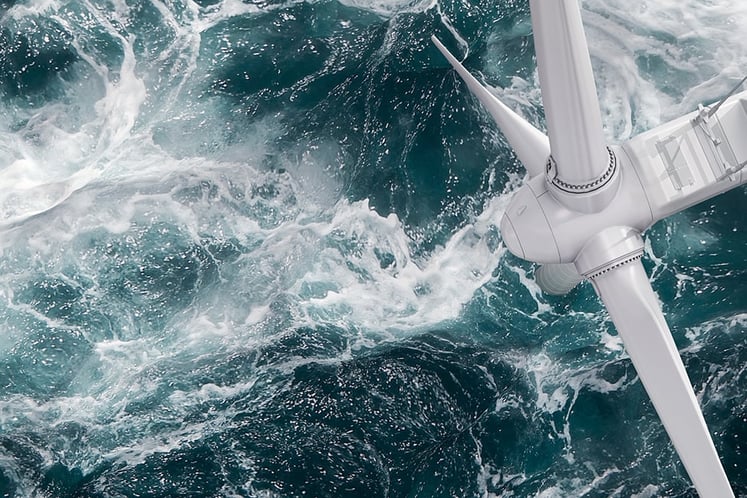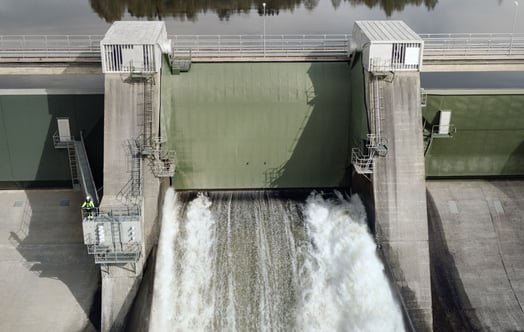With the high demand for electricity and the rapid growth of renewable energy, the power grid is becoming increasingly overloaded and unbalanced. With Smart Charging, Vattenfall InCharge offers a flexible solution that can relieve the grid during peaks in power consumption. Alied Wessels Boer, Director Vattenfall InCharge NL: “By conducting ongoing research and testing innovative concepts, we want to show how essential Smart Charging can be for users, grid operators and the energy transition.”

Vattenfall InCharge data show that on average, an electric car charges to the desired capacity within 40 percent of the time it is plugged in. This means that, during the remaining time, the car is left plugged in unnecessarily. In addition, recharging usually takes place between 6 pm and 11 pm, a peak period for both grid load and energy price. Alied Wessels Boer, Director Vattenfall InCharge NL: “A lot is being asked of both the electricity supply and the grid at the same time, especially if we add charging electric cars to the mix at 6 pm, when people come home from work, turn on their lights and start cooking. The beauty of electric cars, however, is their flexibility; the car does not need to be fully charged right after it is plugged in."
With Smart Charging, Vattenfall InCharge can shift charging time to the non-peak hours and hours when power is cheaper, creating flexibility. That shift is based on three pillars: grid load, price, and the amount of renewable energy. To avoid slowing down the energy transition, it is important that the solution fits the needs of electric car users. If flexibility becomes the standard, people who charge smartly and sustainably should be rewarded for it, for instance through differentiated rates: smart charging at a lower price.
2.25 million electric cars in the Netherlands in 2030
Flexible charging is not only beneficial for EV drivers, but also essential as an interim solution to prevent ‘traffic jams’ on the power grid, so-called grid congestion. A huge challenge that grid operators will face in the coming years. Smart charging reduces evening charging peaks by as much as 35 to 49 percent, according to a joint Smart Charging test conducted this autumn by Vattenfall InCharge, Knowledge & Innovation Centre for electric driving and sustainable charging ElaadNL, grid operator Enexis and six cities in the Dutch provinces of North Brabant and Limburg.
Forecasts by ElaadNL show that the Netherlands will have around 2.25 million electric cars in 2030. If these vehicles arrive at charging points at the same time, charging will put enormous pressure on the local electricity grid. Smart Charging controls charging based on incentives such as available (renewable) energy or space on the local power grid. This will shift charging completely or partially to times of day when it is quiet on the grid.
Up to 49 percent less evening peak
The Smart Charging study took place at charging points in several cities in the cooperating Dutch provinces. Based on the grid operator's available capacity, during the day, the amount of electricity was distributed to the charging points where a car was currently being charged. By shifting charging to a quiet time, such as the night, the evening charging peak could be reduced by as much as 35 to 49 percent. This is beneficial from a societal point of view, as it offers opportunities to phase or limit grid reinforcements.
Less energy per fill-up
The impact of smart charging on electric drivers was also mapped. On average, 2 to 4 percent less energy was charged per fill-up compared to traditional charging. This was mainly caused by cars parked for a short time when the charging speed was reduced.
Together with the cooperating partners, Vattenfall InCharge will further develop the research results in the coming period. For example, by introducing a differentiated rate for electric drivers for grid-conscious charging behavior, and optimal data exchange between grid operator Enexis and InCharge, so that the parties involved can take local capacity into account even more accurately.
Reducing charging capacity
In another Vattenfall InCharge research project in the Netherlands named Flexpower 3, the charging capacity of charging points in Amsterdam was first reduced at the busiest time of the day to temporarily relieve the power grid. In a follow-up phase, the researchers looked at the capacity per district. If one car was charging, all available power could go to that car, and if ten cars were charging, that power was distributed among ten cars. “This really helped the distribution system operator to balance the grid load”, Wessels Boer says.
Another way in which Smart Charging can solve grid congestion that Vattenfall InCharge is researching, is vehicle-to-grid. This is a system where the battery of an electric car feeds power back to the grid. This concept is still in the proof-of-concept phase and is being further developed. Wessels Boer: “By conducting ongoing research and testing innovative concepts, we want to show how essential Smart Charging can be for users, grid operators and the energy transition.”

Subscribe to the newsletter THE EDIT
THE EDIT is Vattenfall's new monthly newsletter. Each issue highlights a new burning issue from the world of sustainable energy and fossil freedom.



